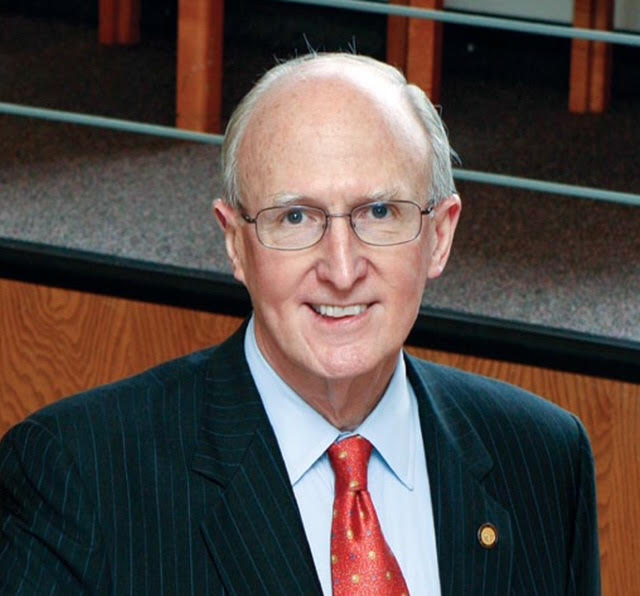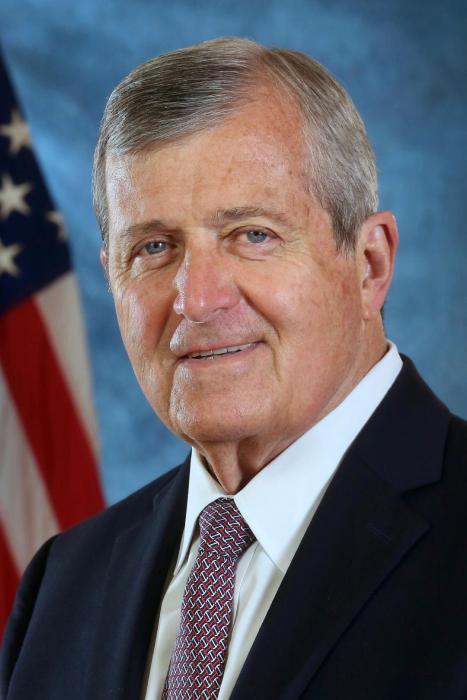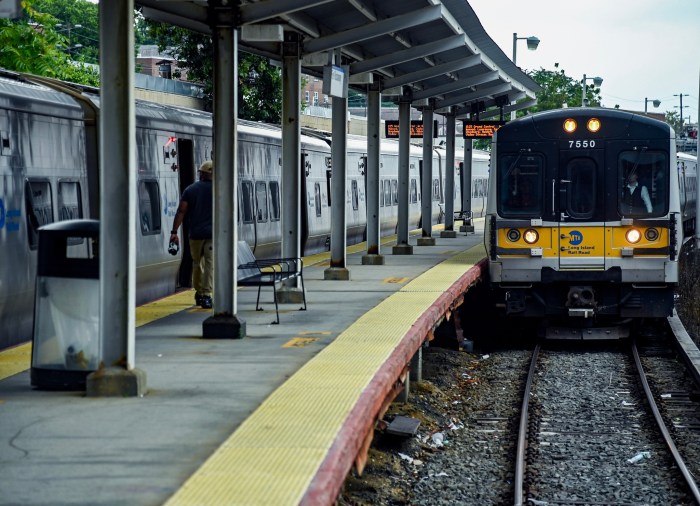In 2020, the MTA released a schedule of carryover construction projects from the 2010-2014 and 2015-19 capital plans. They pledged to commit $6.5 billion worth of prior planned capital program work in 2020 and $2.3 billion in 2021. This was supposed to complete the initiation of all capital projects and programs from the $29 billion 2010-2014 and $32 billion 2015-2019 capital plans. Coordinating management for this $8.8 billion worth of old capital projects with those from the new $51 billion 2020 – 2024 Capital Plan was challenging. How many of these projects have yet to be completed four years later?
All of the previously funded work (that was not under way) had to be integrated with the annual 2020 and following years Annual Track Outage, Force Account (in house employees), Routine Maintenance and Procurement Strategy plans for each MTA agency. This includes NYC Transit bus, subway, Staten Island Rail, Long Island and Metro-North Railroads, MTA Capital Construction and MTA Bus. It is necessary in order to support each agency’s respective capital programs. The plans provide a foundation to ensure projects will be initiated and completed on time and within budget accompanied by a minimum number of contract change orders that have been documented as fair, reasonable and justified.
The agency reorganization in 2020 was supposed to find $2.7 billion in savings. A significant part of these savings proved to be illusionary. This was part of the same old playbook promised by previous generations of MTA Chairs, MTA Board members and others going back generations. It never actually happens. These concerns and questions were never answered in detail. Without reading the fine print, it will be difficult to believe that the MTA can successfully manage $15 billion in yet to be initiated Congestion Toll funded projects with the next 2025 – 2029 Five Year Capital Plan. This will be far more challenging than spending $8.8 billion from previous Five Year Capital Plans under the current 2020 – 2024 Five Year Capital Plan.
In the middle of a multi-billion-dollar and growing financial crisis accompanied by a record $48 billion in long term debt, why does the MTA continue hiring and keeping employed several hundred million worth of outside consultants? Why can’t a significant portion of work assigned to consultants be performed by in-house staff and resources?
At the February 15th City and State Magazine-sponsored “Most Significant Infrastructure Projects” Summit, MTA President of Construction and Development referenced the direct relationship between implementation of congestion pricing and funding capital projects Due to several lawsuits against the implementation of congestion pricing, the MTA has had to place on hold many new capital projects including upgrading signaling on several subway lines and the $7.7 billion Second Avenue subway Phase 2. All new procurements are on hold until litigation on all lawsuits are resolved. The $7.7 billion Second Avenue subway Phase 2 will not proceed without implementation of congestion pricing,
Without Congestion Pricing, the Federal Transit Administration $3.4 billion funding as part of the $7.7 billion Second Avenue Subway Phase Two grant would be at risk. MTA accepted the terms and conditions within the grant offer. FTA caps its funding at $3.4 billion. MTA’s local share is dependent upon Congestion Price tolling.
Failure to proceed with advancing the project could result in FTA de-obligating its $3.4 billion in funding and closing out the grant. MTA would lose $3.4 billion in discretionary federal funding. Never in MTA history, has the MTA lost FTA funding due to reneging on providing its legally required matching local share in any approved FTA grant. Janno Lieber would be the first MTA Chairman to do so and have egg on his face.
Even if Congestion Pricing starts by June 2024, there is no way the MTA will be able to advertise, award and issue a Notice to Proceed tor contractors representing $15 billion worth of projects within the following six months. There are also billions in other ongoing capital projects whose work will be carried over into the next $51 billion or more 2025 – 2029 Five Year Capital Plan. There may not be enough resources to integrate the implementation of $15 billion or more carryover Congestion Price funded projects from the $51 billion 2020 – 2024 Five Year Capital Plan, billions more in ongoing non-Congestion Price funded projects with those in the first and second year of the upcoming $51 billion plus 2025 – 2029 Five Year Capital Plan. The MTA lacks sufficient Procurement, Project Managers, Engineers, Legal, and .Force Account employees, along with Track Outage Availability to proceed with all these projects in the same time frame. Billions of capital improvement projects will be delayed. Costs will increase due to inflation and other factors as time goes by. The upcoming $51 billion plus 2025 – 2029 Five Year Capital Plan is due to be released and adopted within ten months. This should include a master integration schedule for how the billions in carryover capital projects will proceed with billions more in the new five year capital program.
MTA Board members, elected officials, city, state and federal funding agencies such as the Federal Transit Administration, commuters, taxpayers, transit advocacy groups and transit reporters need to see this critical information. It is the only way we can determine if the MTA is up to meeting the challenge.































